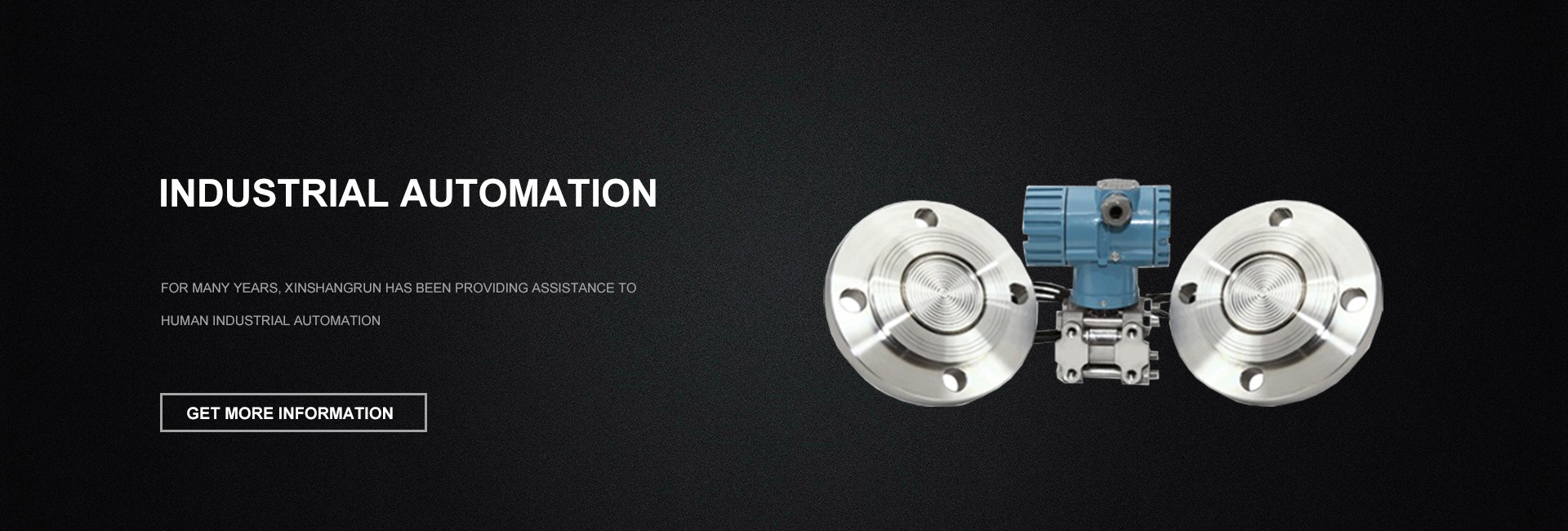The basic components of precision instruments
There are various types and structures of precision instruments. For precision instruments used for measurement, their structure can be divided into eight functional components: reference, sensing conversion, conversion amplification transmission, aiming/reading, data processing, display recording, drive control, mechanical structure, etc. But it does not mean that a precision instrument must include the eight functional components mentioned above, but should be selected according to the requirements of the instrument's functions.
1. Reference components
The reference component provides a standard quantity for measurement, and the measurement results must be compared with it to obtain accurate measurement values. Therefore, it is the main link that determines the accuracy of precision instruments.
There are many types of reference devices, such as standard devices used for measuring geometric quantities (length and angle): measuring blocks, precision measuring screws, line rulers, dials, polyhedral prisms, multi tooth indexing disks, grating rulers (disks), magnetic grating rulers (disks), induction synchronizers, light waves, etc. For complex parameters, there are standard components such as involute templates and surface roughness templates, as well as standard circular motion, involute motion, and gear motion devices that provide standard motion. In addition, there are standard hardness blocks, frequency meters, as well as standards for time, illumination, flow rate, chromaticity, laser parameters, temperature, force measurement, weighing, etc. You can choose according to your needs.
2. Feel the conversion components
The sensing conversion component senses being measured, picks up the raw signal for further conversion, processing, and analysis. Its accuracy directly affects the accuracy of the entire instrument.
Some instruments have sensory conversion components that only function to sense the original signal, while others also perform a signal conversion at the same time. There are two main types of sensory conversion components: one is contact type, such as various mechanical probes; One type is non-contact, such as pneumatic non-contact probes, optical probes, infrared, eddy current probes, pickups, etc.
3. Convert and amplify transmission components
The conversion amplification transmission component converts and amplifies the tiny signals received, and further converts and amplifies them through various principles (light, machine, electricity, gas) to become signals that can be directly received by the observer or its next component, such as display or further processing.
4. Aiming/Reading Components
Aiming/reading components sense the measured/standard quantity, used for zero/reading.
Aiming components are used to sense the measured object and require accurate zero pointing. They are generally not used for reading, so their sensitivity is not required. The reading component is used to sense standard quantities and generate measurement results. In actual measurement, the two are interchangeable rather than absolute. But some instruments cannot be interchanged.
5. Data processing components
The data processing component processes, corrects, and calculates the measurement data. Usually completed by microprocessors and microcomputers.
6. Display recording components
The display recording component is used to display and store measurement results, including various types such as pointer dials, recorders, digital displays, printers, fluorescent image displays, as well as various ROM and RAM storage, disks, CF and SD storage cards.
7. Drive control components
Drive the measuring head of the driving control component to move or drive the worktable to achieve measurement actions; In automatic detection instruments, the output of the data processing component - the measured error amount - is amplified and converted to drive the execution components to achieve the actions of the system.
8. Mechanical structural components
Mechanical structural components are mechanical structures used to ensure the connection, support, protection, limiting, and movement guidance of other components. There are mainly bases, brackets, guide rails, workbenches, shafts, and other components such as fine-tuning, locking, limiting, and protection mechanisms. It is an indispensable component in instruments, and its accuracy sometimes plays a decisive role in the accuracy of the instrument.


